Google Implements First Test Globally to Phase Out Third-Party Cookies
PUBLISH DATE: 05 January 2024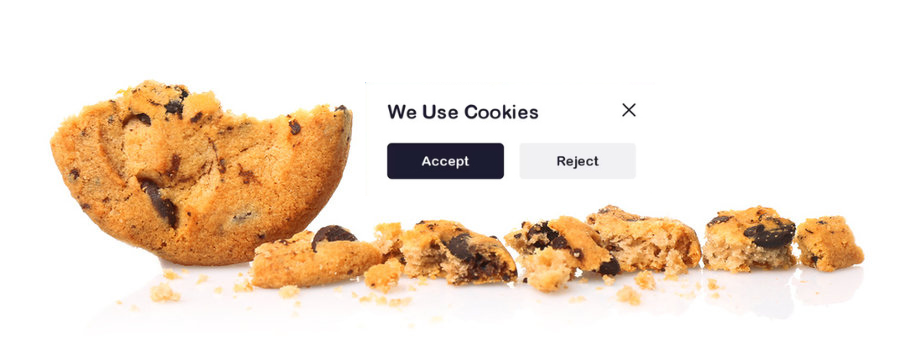
On January 4, 2024, Google initiated its strategy to eliminate third-party cookies. In a phased approach, it will initially disable third-party cookies for 1% of users worldwide for testing purposes. The plan includes a gradual expansion, reaching 100% of users by the third quarter of 2024.
On December 14, 2023, the company revealed its intention to initiate trials for Tracking Protection, a novel feature designed to curb cross-site tracking by defaulting to restricted access for third-party cookies. Google considers this a crucial step in advancing their Privacy Sandbox initiative aimed at phasing out third-party cookies.
Also Read: Alternatives to third-party cookies
For the testing of this new feature, participants will be chosen randomly and will be notified on Chrome either on desktop or Android. While users navigate the web, third-party cookies will face default restrictions, limiting their capacity to track user data across various websites. Chrome will, in turn, locally classify users’ interests on their devices, keeping these categories beyond the reach of websites.
Upon visiting a website, Chrome will disclose only these category labels, offering publishers and advertisers crucial insights for delivering contextually relevant ads and content recommendations. The specific sites individuals visit will remain undisclosed, establishing a more privacy-focused approach.
Also Read: How AI advertising can replace third-party cookies?
From tracking users’ online journey to making login hassle-free third-party cookies have been a useful source for almost 30 years. However everything had a downside, while it helped advertisers in offering relevant ads to the users, it left them with privacy concerns.
With Privacy Sandbox, Google is taking a more responsible approach on Chrome. It has built tools for websites that will help in relevant ad-placement but will also allow developers to adapt to the changing landscape.
Kartik Mehta Steps Down as Chief Revenue & Operating Officer of Silverpush
PUBLISH DATE: 22 December 2023
Silverpush, a pioneer in advertising technology, announces the departure of Kartik Mehta from his role as Chief Revenue & Operating Officer, marking the end of a chapter defined by mutual accomplishments and growth.
During his tenure, Kartik Mehta played an instrumental role in steering Silverpush to new heights & fostering expansion. Noteworthy highlights include the broadening of Silverpush’s client base globally & the implementation of operational efficiencies.
Reflecting on his time at Silverpush, Mehta expressed gratitude, stating, “It has been an incredible journey contributing to Silverpush’s growth with a brilliant team. I’m proud of our collective achievements and have full confidence in the company’s continued success with upcoming product innovation.”
Hitesh Chawla, CEO of Silverpush, acknowledged Mehta’s valuable contributions, saying, “Kartik has been an integral part of our team for the last 7 years, and I am thankful for his leadership. He has played a huge role in the growth of Silverpush from a small startup to being on a path to becoming a global force in advertising. I appreciate his dedication and wish him the very best in his future endeavors.”
Silverpush remains committed to its mission of providing privacy-first AI Advertising technology products and prepares to embark on a new chapter, fueled by a spirit of relentless innovation and unwavering optimism.
Brands’ are wasting $73bn of adspend on unsuitable digital ads during festive period
PUBLISH DATE: 23 November 2023
Over the last two years, global brands have spent over $600 million (£482 million) on ads that are deemed “digitally unsuitable” during the final quarter of the year. Extrapolating this trend to 2023, the anticipated total global ad spend wastage for this year is estimated to reach $73 billion (£59 billion).
A creative technology company’s analysis, which evaluated more than 3.9 million ads from 2021-2022 across 10 different industries, including retail, food and beverage, and consumer packaged goods, revealed that brands globally invested over $600 million in ads not suited for digital platforms during a crucial period for marketers. Projecting this trend to 2023, it is predicted that over $73 billion will be squandered on suboptimal digital ads in Q4.
Earlier research in 2020 and 2021 disclosed that over 50% of digital ad spend supported image and video ads that were not optimized for digital environments ($700 million out of $1.2 million analyzed). In the subsequent year, a similar amount of budget was wasted in Q4 alone.
For many brands, the final quarter contributes to over 50% of their annual revenue and an uneven share of their yearly media budget (around 30% of total worldwide ad spend). This period is a pivotal opportunity for brands to engage consumers, especially with heightened buying intent during Black Friday, Cyber Monday, Christmas, Hanukkah, and Kwanzaa celebrations.
Despite investing millions in bringing holiday campaign ideas to life, brands stumble in the last stretch before their ads reach their digital destination. The routine repurposing of TV-made content on digital platforms means that ads are inadequately adapted to their digital surroundings. They often neglect fundamental fit-for-platform creative best practices crucial for maximizing message impact. Millions are poured into ads lacking branding in the initial 3-5 seconds (the average view length of a digital video), displaying incorrect formats, or lacking subtitles or supers in media environments where over 90% of videos are watched without sound. These are basic creative quality criteria proven to enhance performance on digital platforms.
Silverpush Acquires Vidgyor to Fuel its CTV Capabilities
PUBLISH DATE: 18 July 2023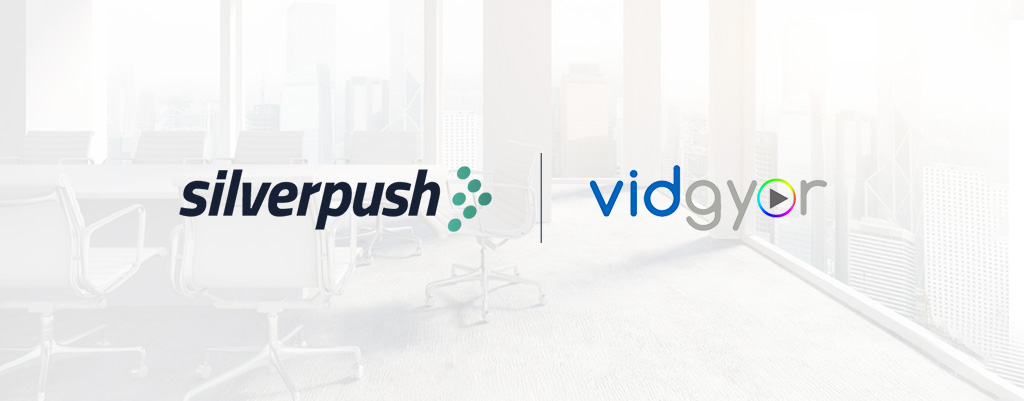
Silverpush, a global contextual advertising leader, has announced the acquisition of Vidgyor, a media technology company that offers solutions for monetization on digital to broadcasters & video content creators. This strategic acquisition will strengthen Silverpush’s technology offerings for publishers and expand its contextual capabilities into CTV for brands.
Vidgyor’s Dynamic Ad-Insertion technology enables monetization on Live TV streams by auto-replacing broadcast ads during TV commercial breaks with targeted video ads on digital streaming platforms including CTV, it also provides cloud-based media technology SaaS solutions for all the top TV broadcasters in India to power their streaming and monetization requirements for digital, OTT and CTV.
Vidgyor’s advertising marketplace aggregates video ad inventory across various platforms, allowing advertisers to effectively reach their target audience. Advertisers on SilverPush can now target specific TV channels, TV shows, and geographical locations, along with context-specific targeting for their advertisements. Earlier last year, SilverPush acquired Chocolate SSP to strengthen its supply-side capabilities.
“Vidgyor has built a world-class technology, which is in line with our ethos. With our global presence, we are looking to take Vidgyor to multiple markets. I have been very impressed with Mahaboob and his team and how they go about solving the problems of the clients. With a major shift in the viewing behaviors of users, advertiser spending will keep moving from linear TV to CTV. In the absence of device identifiers, our contextual technology combined with Vidgyor tech will enable the advertisers in targeting the right users on CTV.” said Hitesh Chawla, CEO of Silverpush.
“Silverpush’s contextual advertising solutions, combined with the company’s relationships with brands, and advertising partners along with its global presence, will help Vidgyor continue to grow and differentiate itself in the high-growth media tech and video advertising solutions market. I am proud of what the team has already accomplished here at Vidgyor and we couldn’t be more excited about joining such a fast-moving, entrepreneurial company. We look forward to working together with Silverpush to accelerate Vidgyor’s growth in the market and bring new competencies to Silverpush,” stated Mahaboob Khan, Founder & CEO of Vidgyor.
About Vidgyor
Vidgyor was founded in 2014 by Mahaboob Khan and Parth Desai who were earlier working in online video space and MNCs like Yahoo! & STMicroelectronics. The company works with several leading TV broadcasters and OTT platforms in India and is based out of Bangalore. It is also one of the seven alumni of the fifth batch of startups from the Noida-based T-labs and has raised seed funding in 2015 from Prime Venture Partners.
About Silverpush
Founded in 2012, Silverpush is a prominent advertising technology company that specializes in providing hyper-contextual solutions to advertisers, enabling them to reach their target audience at the most relevant moments. With a global presence spanning over 18 offices worldwide, Silverpush helps brands globally in reaching their consumers at the right moments.
Google’s Video Ads Violate its Standards; Report Claims the Tech Giant “Misled” Buyers
PUBLISH DATE: 07 July 2023
According to some reports, Google Video Partners’ placements on third-party sites violated Google’s standards about 80% of the time.
A new research report has ignited a heated dispute between Google and Adalytics, raising serious concerns about Google’s adherence to its own ad placement standards.
Adalytics claims that Google has been violating these standards approximately 80% of the time when placing ads on third-party websites. The research was conducted by analyzing campaigns from over 1,100 brands, encompassing billions of impressions served between 2020 and 2023.
According to the report, Adalytics accuses Google of misleading media buyers, explicitly highlighting the Google Video Partners program. This program aims to bring TrueView campaigns to high-quality publisher websites and mobile apps. Shockingly, the report suggests that around 80% of Google Video Partners placements on third-party sites need to meet Google’s standards.
Samsung, Disney+, and Johnson & Johnson, as well as government entities including the Social Security Administration, the U.S. Army, and Medicare, are among the advertisers that have been affected by this alleged misalignment. The report suggests that these entities have unwittingly spent billions of dollars on ineffective ad units, such as small, muted, out-stream, auto-playing, or interstitial videos on independent websites and mobile apps.
One prominent consumer goods brand, mentioned in the report, had a significant portion (75%) of its TrueView budget allocated through Google Video Partners. Shockingly, 56% of the budget was spent on websites that displayed ads in muted or non-in-stream video players, while 19% was allocated to ineligible mobile apps.
We asked leaders and experts at Silverpush their views on these recent allegations.
Q. Is this a cause of concern for Indian advertisers too?
Yes, Indian advertisers will indeed be concerned about this issue. According to GroupM’s report, ad spending in India is projected to increase by 15.5% in 2023, reaching $18 billion. Advertisers in India heavily rely on digital platforms like Google for their advertising campaigns. Any violation of ad inventory standards or incidents that compromise brand safety on these platforms can have significant repercussions for advertisers. It can result in wasted ad spend, negative brand associations, and potential damage to the overall effectiveness of their advertising efforts. Therefore, Indian advertisers will likely be paying close attention to the situation and looking for ways to ensure the safety and effectiveness of their ad placements on Google and other digital platforms.
Q. What are your experiences with regard to the open web programmatic system?
The open web programmatic system is an automated and more efficient way to buy an inventory. Here advertisers bid on ad space in real-time which ensures that the ads that are shown are the most relevant to the user at the right time and at the right moment.
There are a number of benefits to using the open web programmatic system. It can help to improve ad relevance, increase efficiency, reduce costs, and many more. However, risks are involved due to information asymmetry, lack of transparency, viewability, brand safety, ads getting shown on websites that are just made-to-place ads, and many more.
At Silverpush we believe that the open web programmatic system is a promising technology with the potential to improve how digital advertising is bought and sold, which will benefit not only advertisers and save their dollars but also can be as relevant as it can be for the end users. At Silverpush we execute open web campaigns only on contextual deals created on curated supply via top SSPs. This enables us to look into the context of the content before placing an ad.
Silverpush Launches Contextual Planning Tool Powered by Generative AI
PUBLISH DATE: 26 April 2023
With this launch, Silverpush has strengthened its contextual offering ‘Mirrors’, boosting the cookieless targeting space with next generation AI capabilities.
Silverpush, a Global leader in Cookieless targeting announces – the launch of a contextual planning tool powered by Generative AI. With this launch, Silverpush has strengthened its contextual offering ‘Mirrors’, boosting the cookieless targeting space with next-generation AI capabilities.
Generative AI is a cutting-edge technology that has the potential to revolutionize the way advertisers target their audiences. Unlike traditional AI models that rely on historical data, Generative AI can create new and unique data sets, enabling advertisers to reach audiences that may not have been reachable through traditional methods. This technology can identify patterns and correlations between seemingly unrelated data points, allowing for a more personalized and relevant advertising experience for users.
The Mirrors platform, which is powered by Silverpush’s contextual planning tool, will provide advertisers with access to a wide range of contextual signals that can be used to enhance their ad targeting strategies. By leveraging Generative AI, Mirrors will enable advertisers to understand the nuances of user behavior and preferences, allowing for more accurate targeting and a better user experience.
With the launch of Silverpush’s new contextual planning tool powered by Generative AI, the company is taking a major step forward in the cookieless targeting space. Advertisers can now identify contextually relevant audiences without relying on third-party cookies, which are harder to use due to privacy regulations and browser changes.
In addition, the use of Generative AI will also help to address issues of ad fatigue and frequency capping, which can negatively impact user engagement and ad effectiveness. By creating unique data sets and identifying new audience segments, advertisers can ensure that their ads are reaching the right users at the right time, without overwhelming them with too many ads.
“Overall, the integration of Generative AI into Silverpush’s contextual AI stack represents a major breakthrough in the world of digital advertising. By leveraging this technology, advertisers can overcome the limitations of traditional targeting methods and deliver more personalized, relevant, and effective ad experiences to users.” – said Kartik Mehta, COO & CRO at Silverpush.
Silverpush and PubMatic Announce Partnership to Revolutionize Digital Advertising in the APAC
PUBLISH DATE: 29 March 2023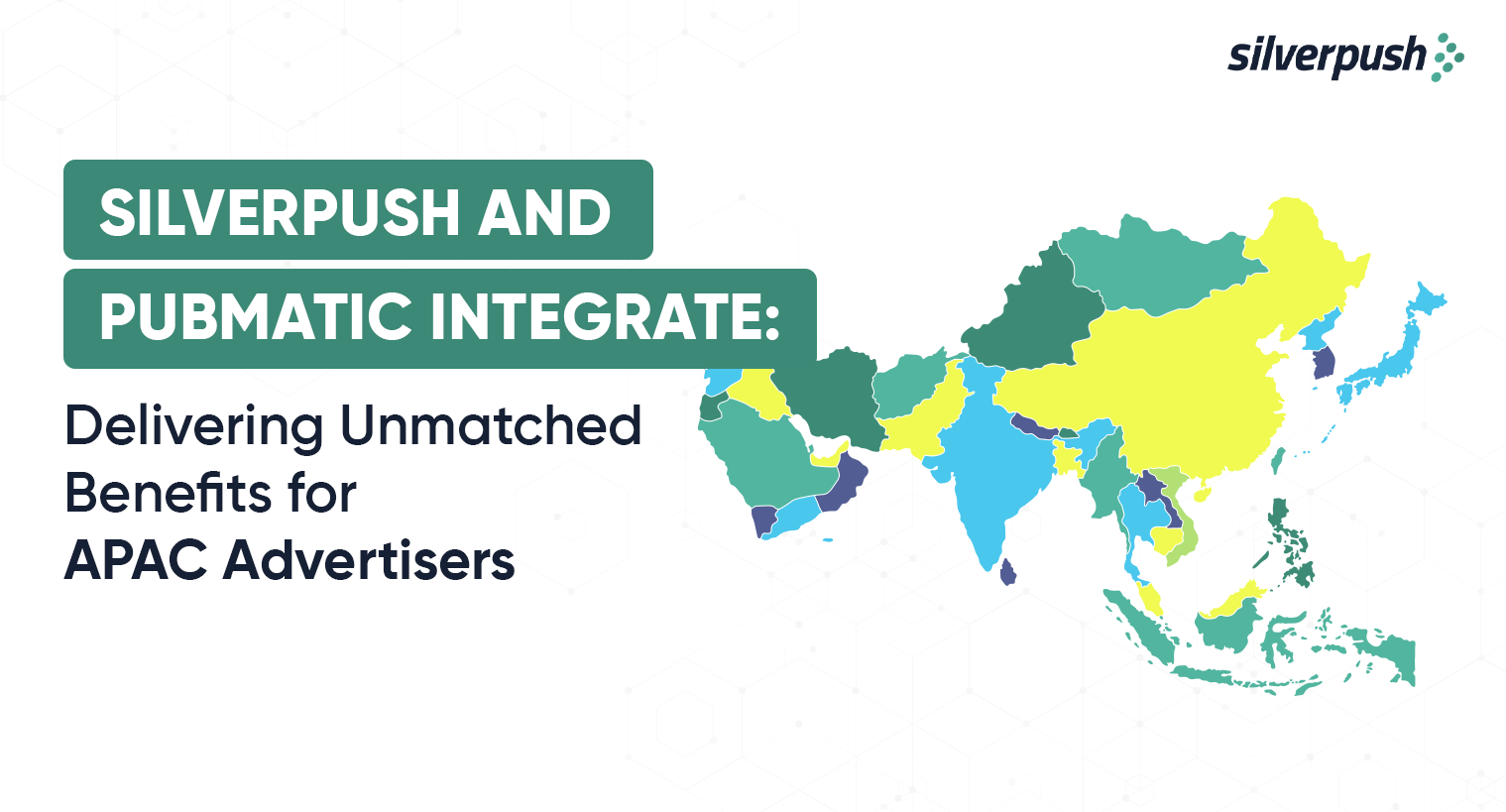
Two main leaders of the adtech industry unite to empower advertisers with advanced data-driven tools.
Silverpush and PubMatic have announced a strategic partnership to revolutionize digital advertising in the APAC region. The partnership aims to help brands and advertisers better connect with their target audiences through data-driven advertising.
Silverpush, a global leader in the AI-powered contextual advertising world has brought a massive change in the advertising landscape with its two flagship products Mirrors and Parallels.
In tandem with Silverpush’s technology, PubMatic’s Connect offers a revolutionary audience solution that empowers advertisers to engage with target audiences through privacy-compliant and efficient strategies, without third-party cookies dependency.
By accessing valuable audience data and utilizing Connect’s premium inventory, advertisers can optimize their campaigns, achieving maximum marketing objectives with greater efficiency.
With a mission to solve complex client problems using data-driven solutions and cutting-edge technology, Silverpush continues to drive innovation in the digital advertising industry through contextual video ad placement targeting to reach the most relevant audience in a brand-safe environment.
Through Connect, advertisers will be able to access PubMatic’s premium inventory and use Silverpush’s hyper-contextual targeting capabilities to reach their targeted audience in the right context at the right moment, driving engagement and conversions.
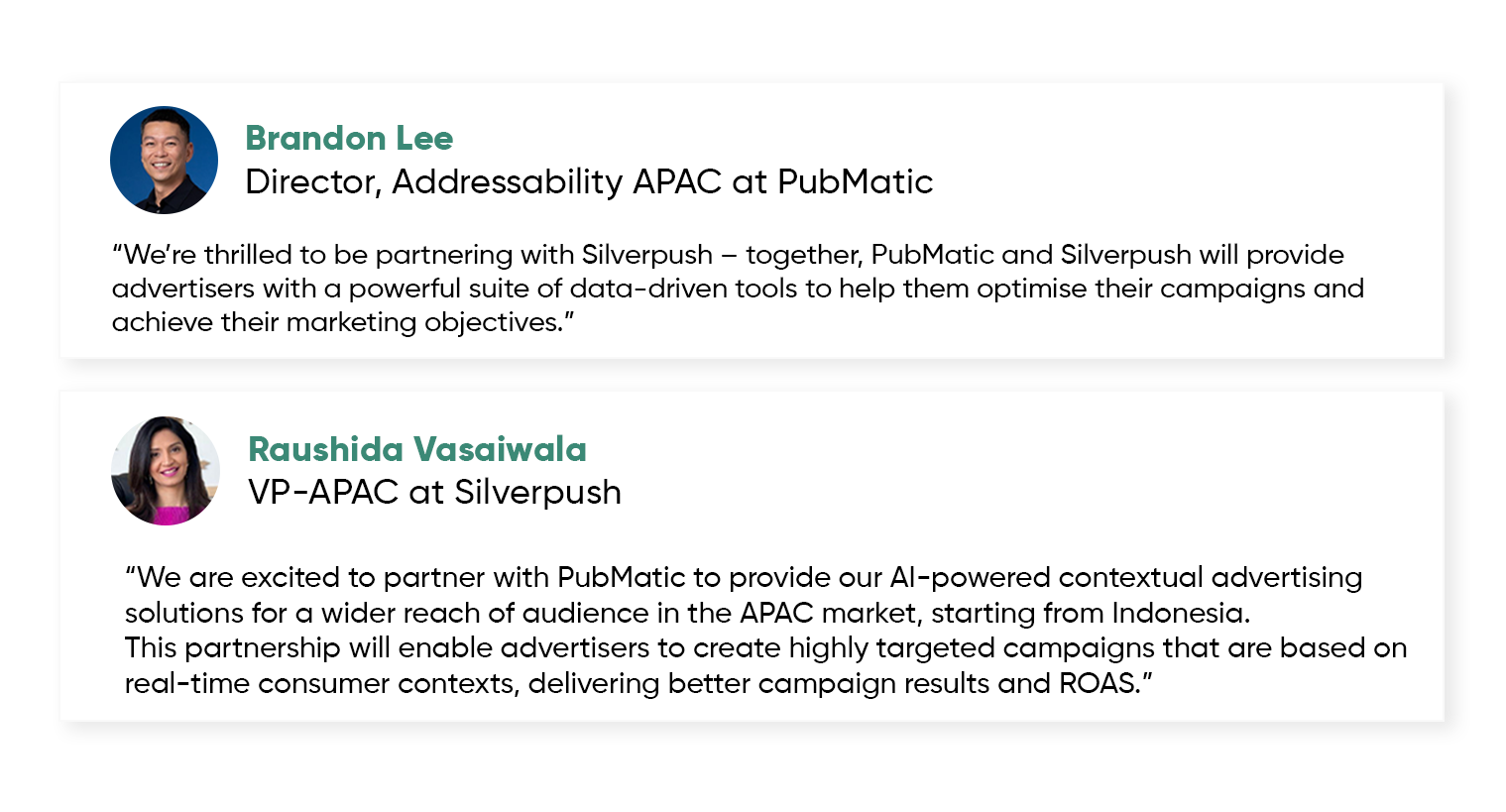 The partnership is set to take effect immediately, with both companies working closely together to deliver their shared vision of providing advertisers with a powerful suite of data-driven tools to optimize their campaigns and achieve their marketing objectives. With this collaboration, PubMatic and Silverpush are poised to transform the digital advertising landscape in the APAC region.
The partnership is set to take effect immediately, with both companies working closely together to deliver their shared vision of providing advertisers with a powerful suite of data-driven tools to optimize their campaigns and achieve their marketing objectives. With this collaboration, PubMatic and Silverpush are poised to transform the digital advertising landscape in the APAC region.
W3C Opposes Google’s Proposals for Handling Cookies in Chrome
PUBLISH DATE: 19 January 2023
The World Wide Web Consortium (W3C) division has denied Google’s Topics API proposal, which was presented in the previous year with the intention of replacing third-party tracking cookies in Chrome. The proposal was rejected because it was considered to be intrusive.
In a GitHub post, Amy Guy of the W3C’s Technical Architecture Group (TAG) wrote that though Google claimed that Topics API will shield users from sharing their information or from ‘unwanted tracking and profiling’, TAG’s initial assessment is that the API would not be able to achieve its stated goals.
“The proposed API leans heavily towards user privacy in the privacy/utility tradeoff, as it should. But, the API’s utility isn’t yet clear. Until we try the API in an experiment, we can’t know for sure how the API will perform,” he noted.
A Google representative has stated that the company appreciates the suggestions from the World Wide Web Consortium’s Technical Architecture Group (TAG) but disagrees with the claim that its Topics API proposal perpetuates the current situation.
Adding to the statement, Google said that the company is committed to the Topics API proposal, as it represents a major improvement in privacy compared to third-party cookies and they will continue to move forward with it.
The rejection of the proposal is a significant setback for Google, which has been actively developing cookie-less proposals as part of its Privacy Sandbox initiative since 2020.
Earlier Google released a statement that it intends to phase out third-party cookies from Chrome by 2024.
Cookies are text that is sent to a browser by the website that a user visits. Advertisers can then use these third-party cookies to gather user information from browsers, which can be further used to improve the targeting and effectiveness of their campaigns.
Critics and consumers have long been raising concerns over privacy and tracking them via cookies.
Many browsers like Firefox, Brave, Vivaldi, and Safari have already added third-party blocking features.
In 2019, Google introduced the Privacy Sandbox initiative which aims to increase online privacy without negatively impacting the business model of advertising technology companies.
As part of the Privacy Sandbox initiative, in 2020, Google introduced the Topics API, which is designed to allow websites to target users with ads based on their interests while minimizing the amount of data collected about them.
According to Google, for the system to function, the Chrome browser will identify the topics that best represent a user’s internet activity over a specific period, such as “fitness,” “sports,” or “travel & transportation.” Chrome will then retain this information for the past three weeks before deleting it.
The entire process will occur on the user’s device, without involving any external servers, including Google servers.
Despite the rejection from the World Wide Web Consortium (W3C), Google may still proceed with its plans as it is not bound to follow web standards, and it could take years for an alternative solution to be developed.
The UK Competition and Markets Authority is also currently working with Google in regard to the company’s plan to remove third-party cookies and other tracking functionalities from its Chrome browser.
Meta Violates GDPR with Non-Compliant Targeted Ad Practices, Earns Over $400 Million in Fines
PUBLISH DATE: 05 January 2023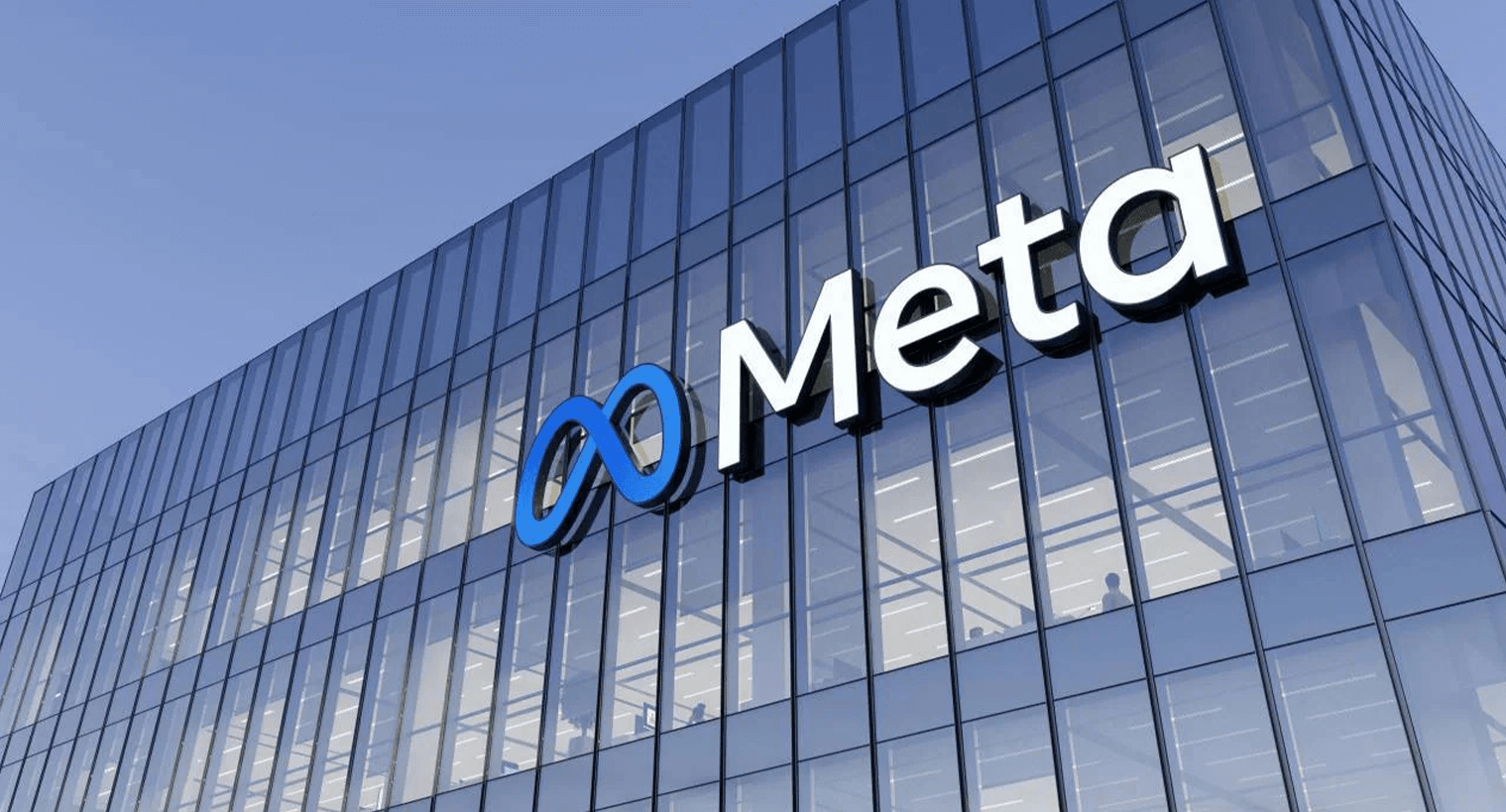
Meta has been once again hitting with a major GDPR violation. As of January 4, 2023, Meta has earned itself a fine of more than $400 million for its latest data privacy misstep. The EU’s Ireland-based Data Protection Commission levied two sets of fines after ruling that EU-based users have been illegally forced to accept personalized, targeted ads from Meta – Facebook, and Instagram.
This is one of the most severe GDPR rulings ever since it GDPR was first instituted in 2018, but it’s certainly not Meta’s first-ever dent in the pocket violating the regulation.
Facts about Meta’s 2023 GDPR Targeted Ads Violation
Meta started the new year on a sour note, firstly it lost a flagship GDPR case based on its targeted advertising practices and now it has to pay fines of over $400 million, or €390 million. This ruling was made by Ireland’s Data Protection Commission, which is an Ireland-based branch of the European Union’s GDPR regulators.
Take a look at some of the most important facts about this latest violation and ruling:
- Meta has been fined for violating EU user privacy rights, with non-compliant targeted advertising practices on its two platforms – Facebook and Instagram.
- To be more specific, Met is under fire for adding a clause to its advertising terms of services that require users to share their personal data; this is a direct violation of the GDPR-based privacy rights of EU users.
- For violations on Facebook, €210 million in fines were issued, on the other hand, €180 million were issued for Instagram violations.
- This violation case was processed in Ireland as Meta’s regional headquarters is located in Dublin.
- At first, Ireland’s regulator ruled in favor of Meta, but their position changed after an EU board of regulators from the greater EU bloc objected to their ruling.
- Though Meta believes its advertising practices align with GDPR and plans to appeal this ruling.
- Even though the ruling has only just been made, it goes back to 2018, the year GDPR was first put into effect.
- Meta has around three months from the time of this ruling to achieve GDPR compliance.
What this could Mean for Meta?
This latest violation may seem like nothing to the feather of Meta’s non-compliance cap, but it’s much more than that. This case illustrated bigger issues and challenges in the tech giant’s business model.
With this ruling, the longer-term success of Facebook’s and Instagram’s revenue models is in jeopardy. Meta’s child brand – Facebook and Instagram relies heavily on user data collection in order to conduct behavioral analytics and granularly target advertising campaigns.
Much of the revenue from the two websites comes directly from the clicks and engagement-targeted ads that are generated. Thus, to lose a segment of user data as big as the EU’s 27-nation bloc’s population is a major concern for the future of the platform’s continued growth.
Lastly, hefty fines definitely not ideal for a company that is already struggling with massive waves of layoffs and the other pains that come with several quarters of stagnating growth. Still, Meta is one of the largest tech companies in the world, but it is now struggling to keep up with the massive scale and vision it has set out for itself.
Regardless of what the future hold for Meta or its other lofty projects, GDPR and other regulatory compliance efforts should be the company’s first and foremost priority. Neither consumers nor brands would associate themselves with a company that they don’t trust.
Read next: The Future of CTV Lies in New Forms of Audience Engagement
The Future of CTV: Drive Audience Engagement with New Ad Formats
PUBLISH DATE: 04 January 2023
2021 was a record year for CTV.
At least one CTV device could be found in over 80% of American homes, and the CTV budget is expected to double by 2026.
However, the key to unlocking those ad dollars lies in connection to unite audience-based buying with the sort of high-quality, engaging content for which linear TV is traditionally known.
The ad industry in the U.S. and beyond has enjoyed a significant increase in revenue since CTV was exposed in popularity, especially during the pandemic. A trend that is very promising in the future and is set to continue. It’s time to consider new forms of audience engagement.
Why the CTV-Based Content Drives Higher Engagement?
At least 60% of people have defined their definition of TV to include streaming services such as Youtube, Netflix, and others, meaning that traditional terrestrial TV has gradually shifted to a secondary role. Streaming services have become the primary choice amongst people for video content. It provides the public to pay for only what they want but also opens the door of opportunity for advertisers via increased engagement.
Viewers experience greater engagement when watching CTV-based content as compared to traditional TV. There are three reasons for this. Firstly, there is a far greater scope in CTV for personalization, which makes the content more interesting for the average consumer to consume. Secondly, there is a huge variety of channels and content one can find on CTV app stores as well as through in-channel ads that are targeted precisely to a relevant audience. Lastly, there’s more and more room for interaction, that is very much similar to mobile ad stories.
Evolution of CTV Ad Formats
It’s interesting to note the amount of options ad creators have at their disposal and new formats are being created constantly. One such example of ad format is a dynamic overlay, in which existing video content is placed over another video and then personalized on the basis of the data targeted to their specific demographics and interests.
Next in line is voice-integrated video, where consumers can direct ads by their voices to follow prompts on their screens, and sequential ads that run over multiple slots.
One of the most promising ad formats however is an Actionable video that connects viewers to brands through external links, opening the door for potential click-to-buy opportunities.
People are multitaskers and multi-screeners, which means CTV is usually about dual screening. Viewers are subjected to both CTV/OTT and mobile sway, raising the chances of user interaction. CTV’s future can hold increased user choice in ad format and inclusion of more QR codes for purchasing the product directly, keeping multiple device users in mind.
Innovative ad formats together with a contextual approach can boost engagement to unexpected figures.
Bright Future Ahead
Interactive ads work a lot better as they retain user attention for up to 85 seconds longer than conventional ad content, a huge difference to witness. On top of this, they also enjoy 3.5% higher engagement rates as well. All in all, interactivity combined with video content is an effective way for marketers to attain valued customers.














